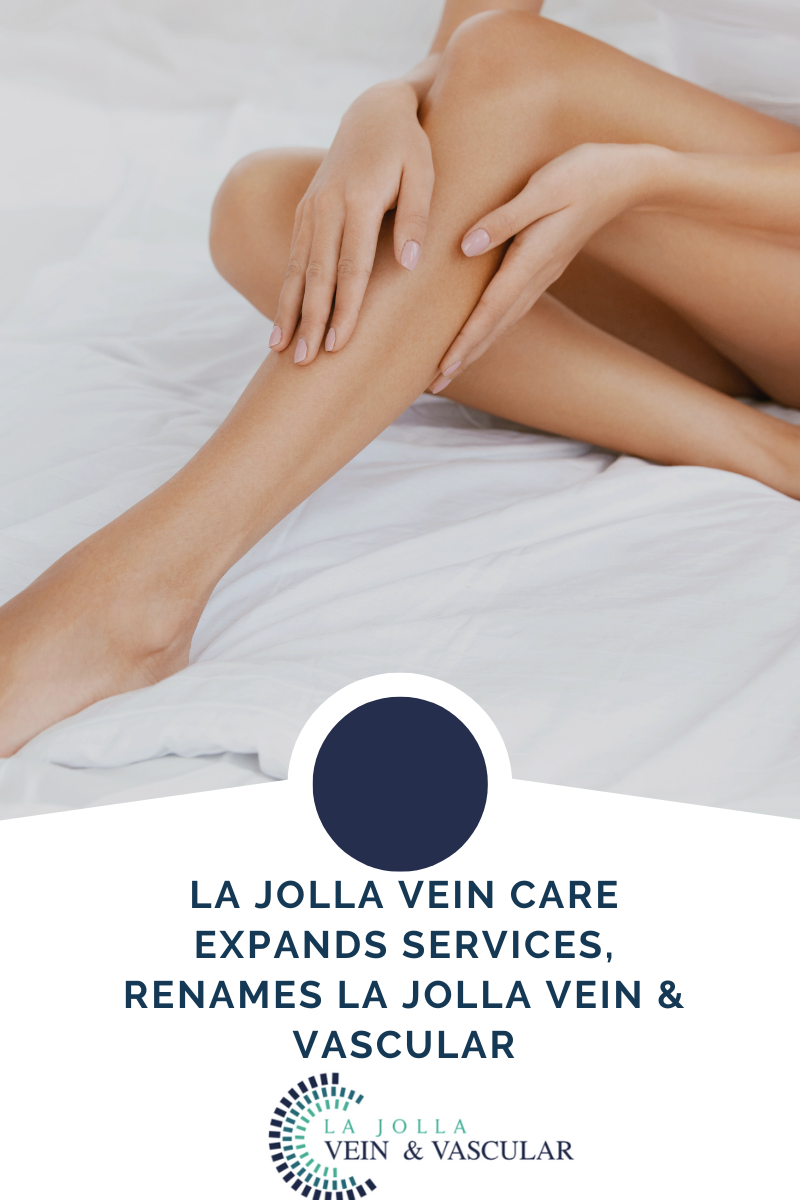Vein Disease Prevention
LJVascular2022-12-13T13:16:18-08:00What is chronic venous insufficiency and how can you understand it for vein disease prevention?
Chronic venous insufficiency (CVI) is an inflammatory condition caused by long standing, untreated venous reflux disease. Commonly, venous reflux disease causes a collection of symptoms such as leg swelling, heaviness, fatigue and varicose veins. But, over time, […]












